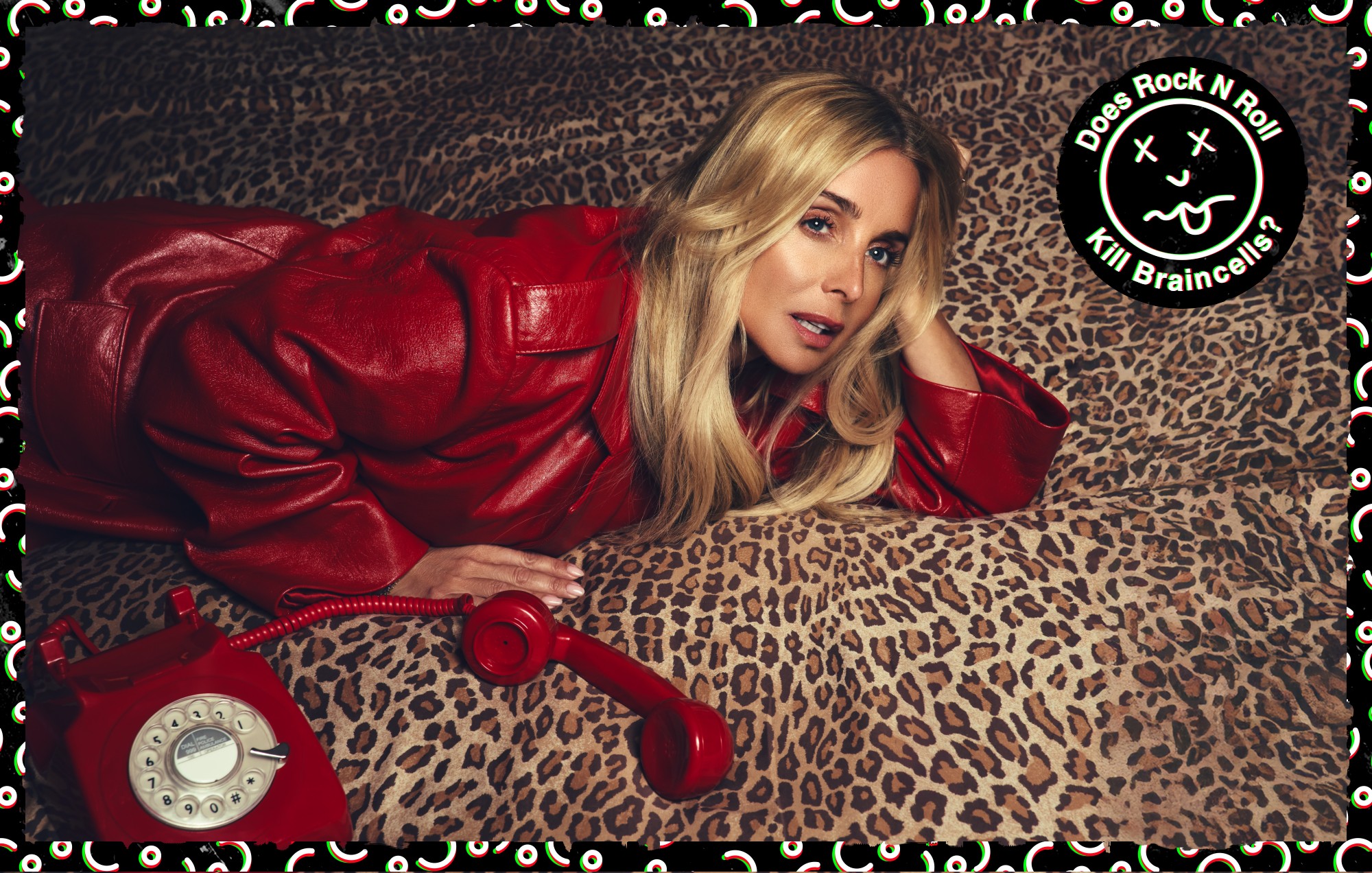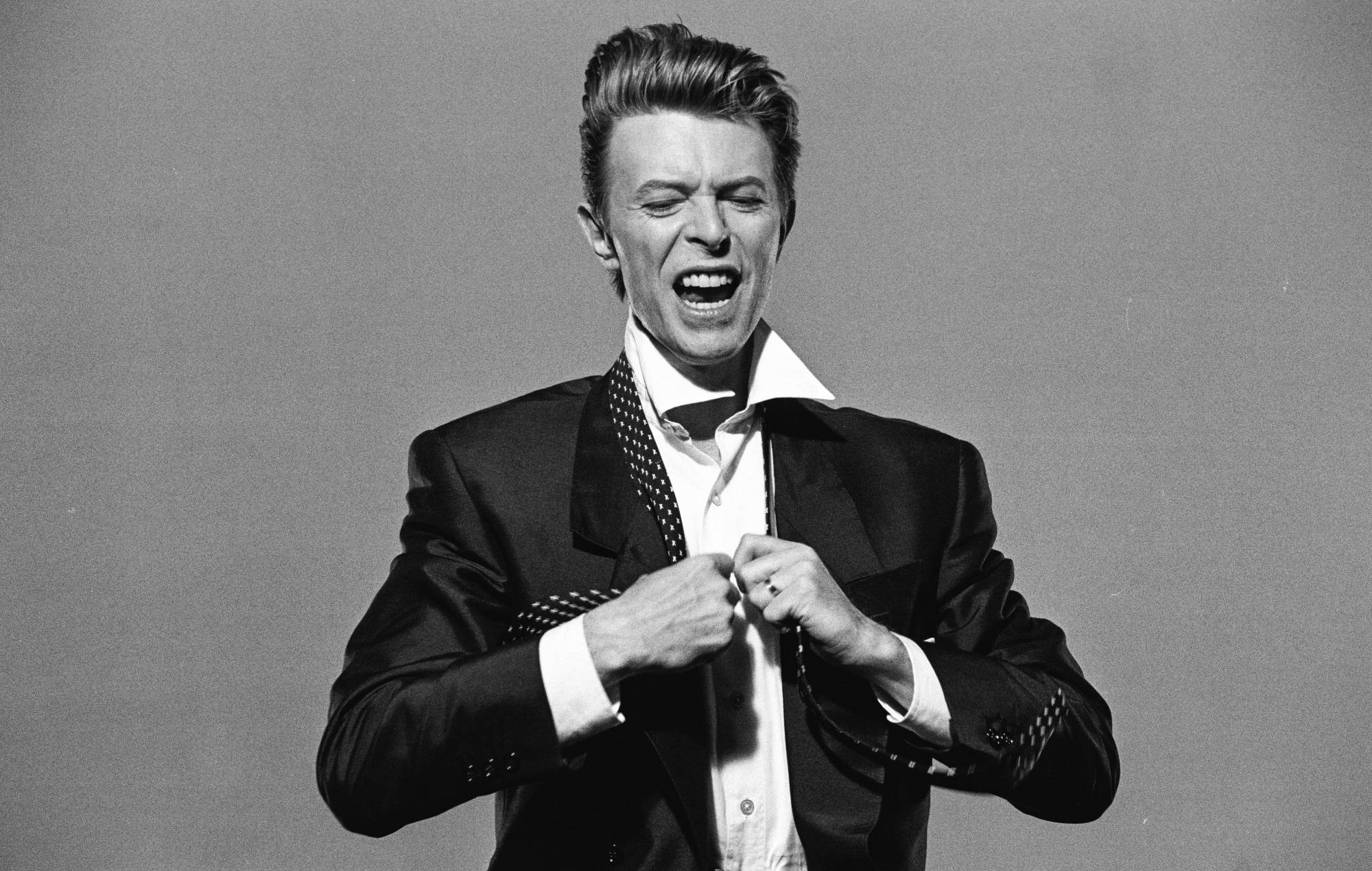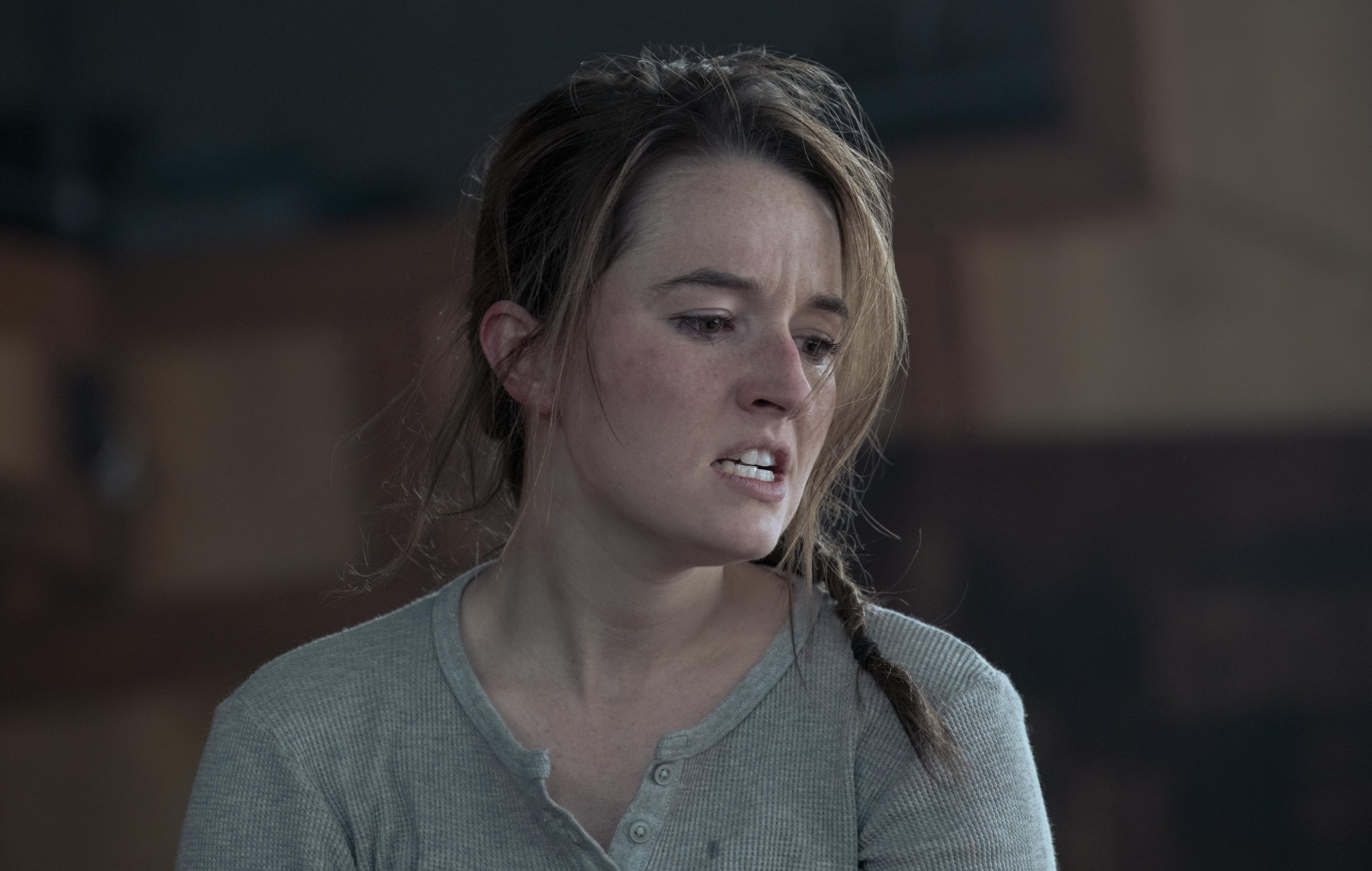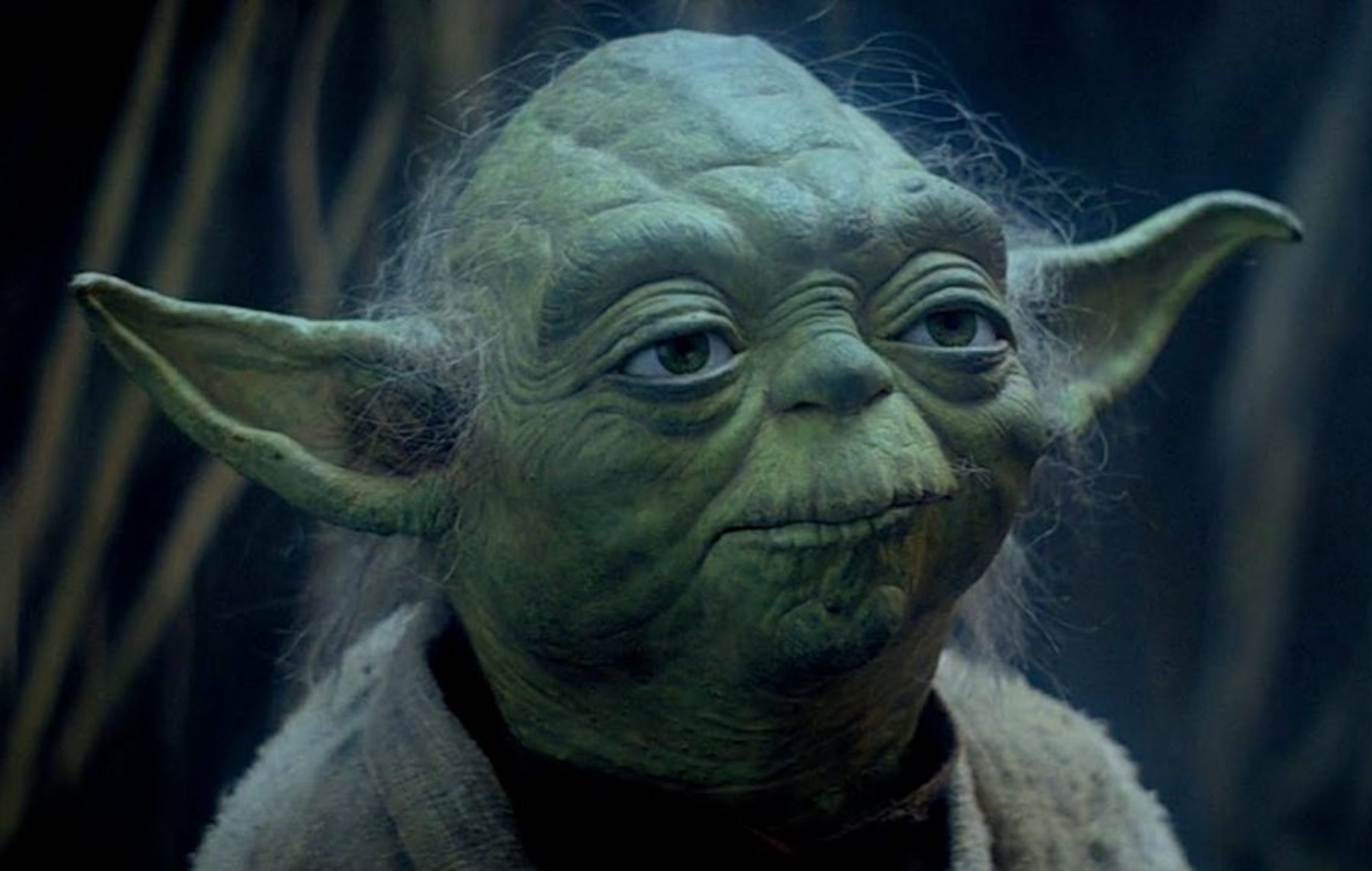Mike Candys returns to S2 Records with Make Some Noise, a peak-time electro house weapon designed for the mainstage. Packed with a driving bassline, big melodic energy, and his signature production polish, the track adds another standout to a catalog that’s shaped the sound of modern dance music for over a decade.
In this interview, Mike breaks down how he stays creative after all these years. From trusting his instincts to navigating highs and lows, he shares how gratitude, live experience, and a strong internal compass keep him grounded—and why pushing boundaries doesn’t always mean reinventing the wheel.
FOLLOW MIKE CANDYS: INSTAGRAM | SPOTIFY | SOUNDCLOUD | FACEBOOK | WEBSITE
How has your approach to creativity evolved throughout your career in dance music? In my very early years as a dance music producer, I just tried to blend all the influences of tracks that I heard and loved into my own. I did not really follow a concept. For example, when I heard a cool organ sound, I went for a track with a similar organ sound. I did not bother about “my style” or “the market.”
Over the years, this approach changed, because I realized that my fans expect a certain sound from me, and the music industry works more easily for an artist with a defined style. Now I’ve found a balance between trying new things and keeping the signature sound my fans love. It’s less about fitting into a trend and more about evolving within the style I’ve built.
What is one moment in your creative journey where you felt truly fulfilled, even if it went unnoticed publicly?
This happens from time to time when (mostly by coincidence) all the elements of an arrangement in the studio “click” together, and I feel immediately that the output is more than just the sum of the inputs. Sometimes these moments lead to really successful tracks with millions of streams; sometimes they go completely unnoticed publicly — but still, when I listen to these tracks, I feel that there is something special there.
Even if others don’t notice it, I know it’s a special moment for me. It’s those moments that keep me grounded and remind me why I started making music in the first place.
How do you personally differentiate between creativity and validation from others?
These two things are completely separate to me. Either I try to please others and get validation, or I am actually creative. Sometimes there might be an overlap, but that is not intentional. Of course, I try to hit the sound that makes my audience happy, but the exact moment when I am actually creative, I do not think about that. This comes minutes or hours later when I try to shape my creative elements into a crowd-pleasing piece. At the end of the day, creativity is about making something that feels true to me, not just what I think others want.
Validation can come later, but when I’m in the zone, it’s just me and the music.
What helps you recognize artistic growth beyond analytics and streaming numbers?
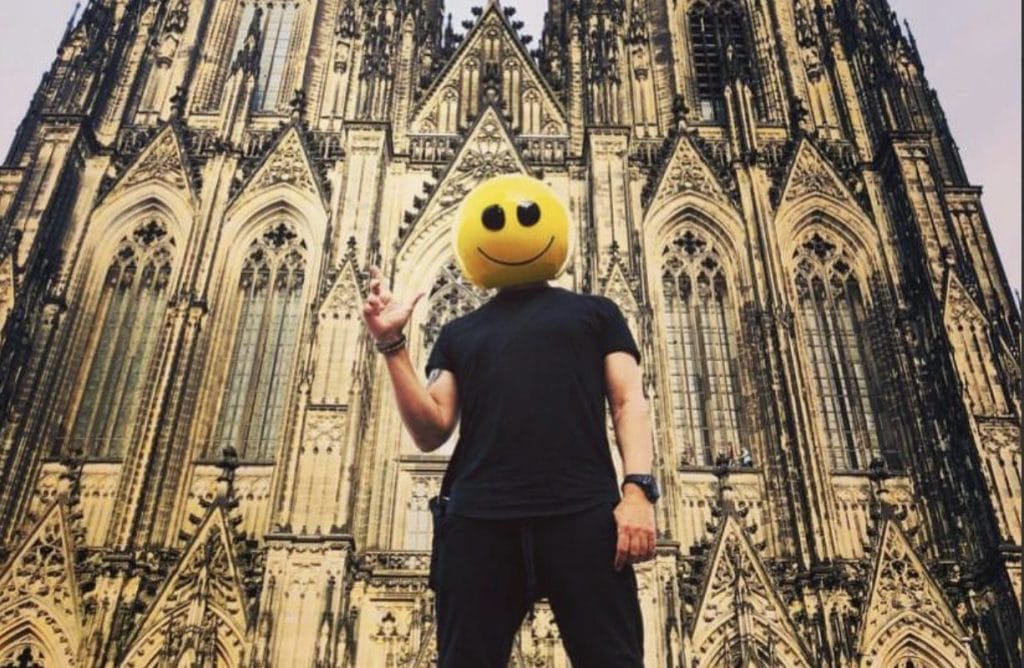
I think that every once in a while, my production skills make a leap.
Sometimes bigger, sometimes smaller. But when I listen to my tracks from the last 20 years, I can definitely hear an evolution and growth. That is mainly from a producer’s perspective. Overall, as an artist, I have the feeling that sometimes streaming numbers do not show the creative growth of the art. It is more of a “does it fit the market and audience at that moment” kind of thing. As long as I can hear the growth when I listen back, that’s what matters most to me.
It’s a sign that I’m progressing, even if the numbers don’t always tell the full story.
Have you ever explored a creative direction that did not feel authentic in hindsight?
Yeah, absolutely. Sometimes I did new things for fun, sometimes because I felt the audience was expecting something new. Most of the time when I tried something completely “new,” it failed.
So I stick to my sound, and the audience seems to like that. The cool thing is, even when I look back at those tracks that didn’t work, I don’t regret them. They helped me understand what I really want to do and what I don’t.
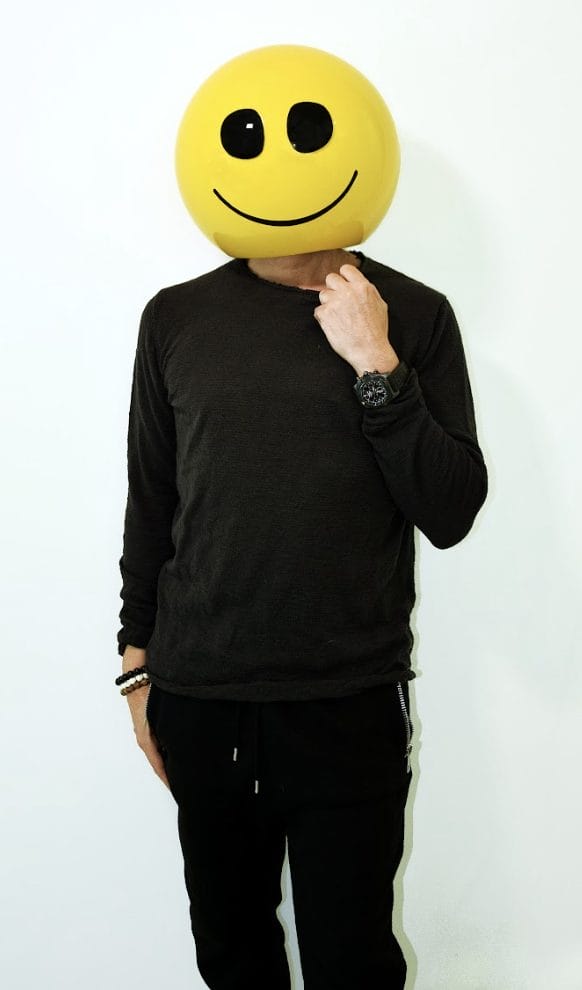
When navigating both creative highs and lows, what keeps you centered?
That is the hardest thing. On a high point, you are motivated to get even higher or get cocky or even lazy with your work. On a low point, you think you need to change pretty much everything you did so far and get pressured by both the audience and the industry. I do not know exactly how I handle these situations, I just go on.
It’s a bit of a rollercoaster, but I’ve learned to just keep moving forwards. I remind myself that the lows don’t last forever, and the highs always come with new challenges.
In what ways does gratitude fuel your ability to continue innovating as a producer and performer?
I am grateful to be able to work on my music every day and that this has become my full-time job (next to DJing).
That daily sense of appreciation helps me stay motivated and open to experimenting with new ideas, knowing I am fortunate to create for a living. That gratitude pushes me to stay curious and excited about what comes next. I never take it for granted, and it’s what keeps me wanting to push the limits of what I can create.
What inspired the production style and energy behind your new single “Make Some Noise”?
I started with a “basic” layout that I had already used for some tracks recently. Then I was looking for a new lead sound and stumbled across this aggressive synth sound and started to play around with the melody. I wanted it to be simple, but melodic and pushing forward. Everything else around it evolved out of the lead melody.
The goal was to create something that’s straight to the point but still has a lot of energy. I wanted people to hear it and immediately feel that urge to move.
“Make Some Noise” feels tailor-made for massive crowds — how does live performance influence your creative decisions in the studio?
Most of the time when I start a new project, I try to imagine where it could be played and what the reaction of the audience could be. For “Make Some Noise,” I definitely wanted to have a new banger for my live sets in the summer. When I’m working in the studio, I often picture the crowd’s energy.
If I can imagine them reacting to it in a big room, then I know I’m on the right track. It’s all about creating that connection.
The post Mike Candys talks growth, gratitude, and staying creatively grounded appeared first on Magnetic Magazine.
